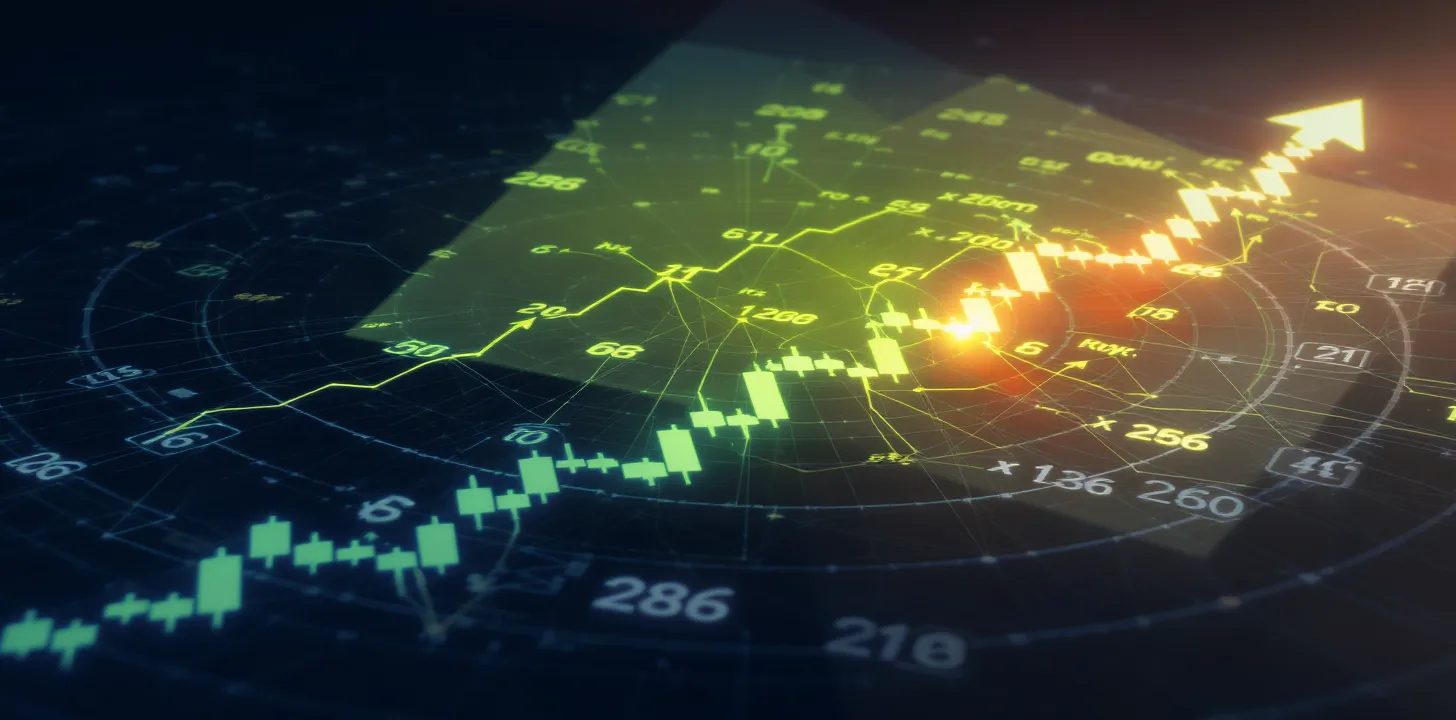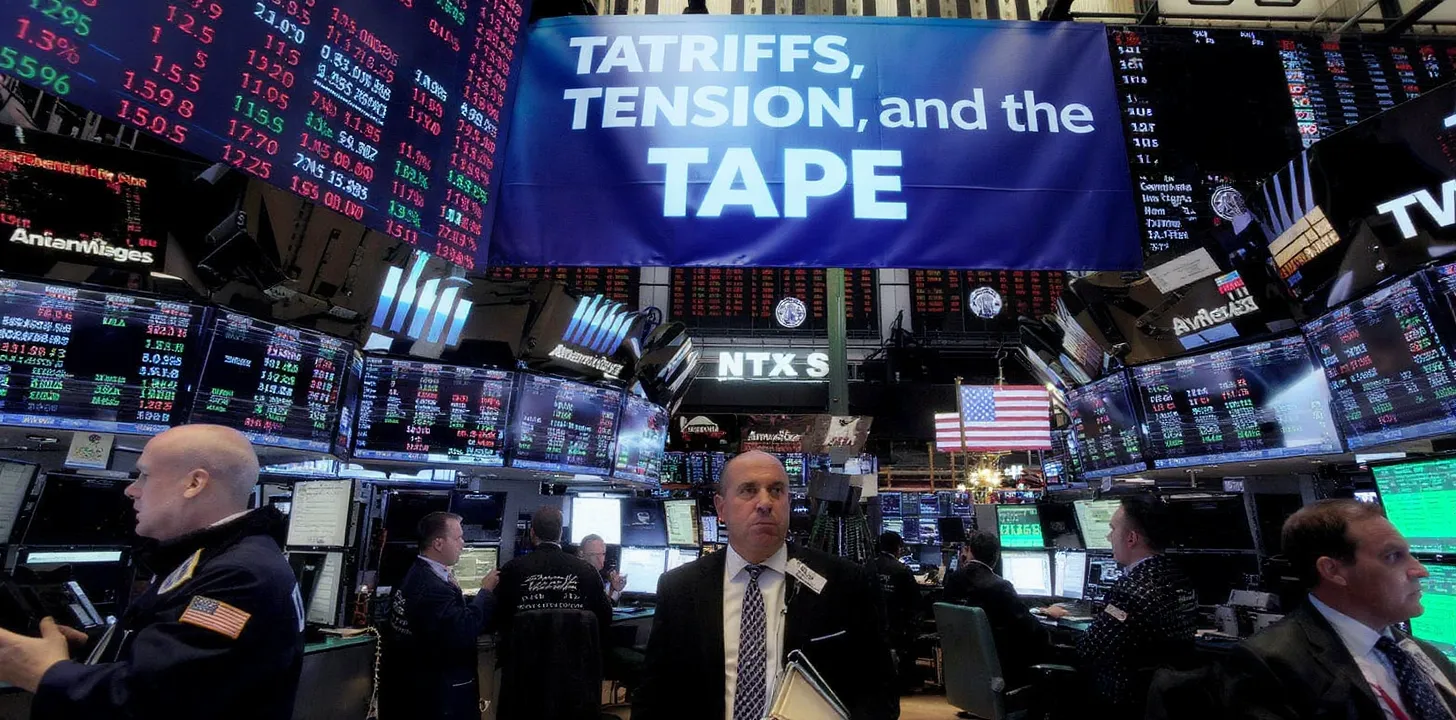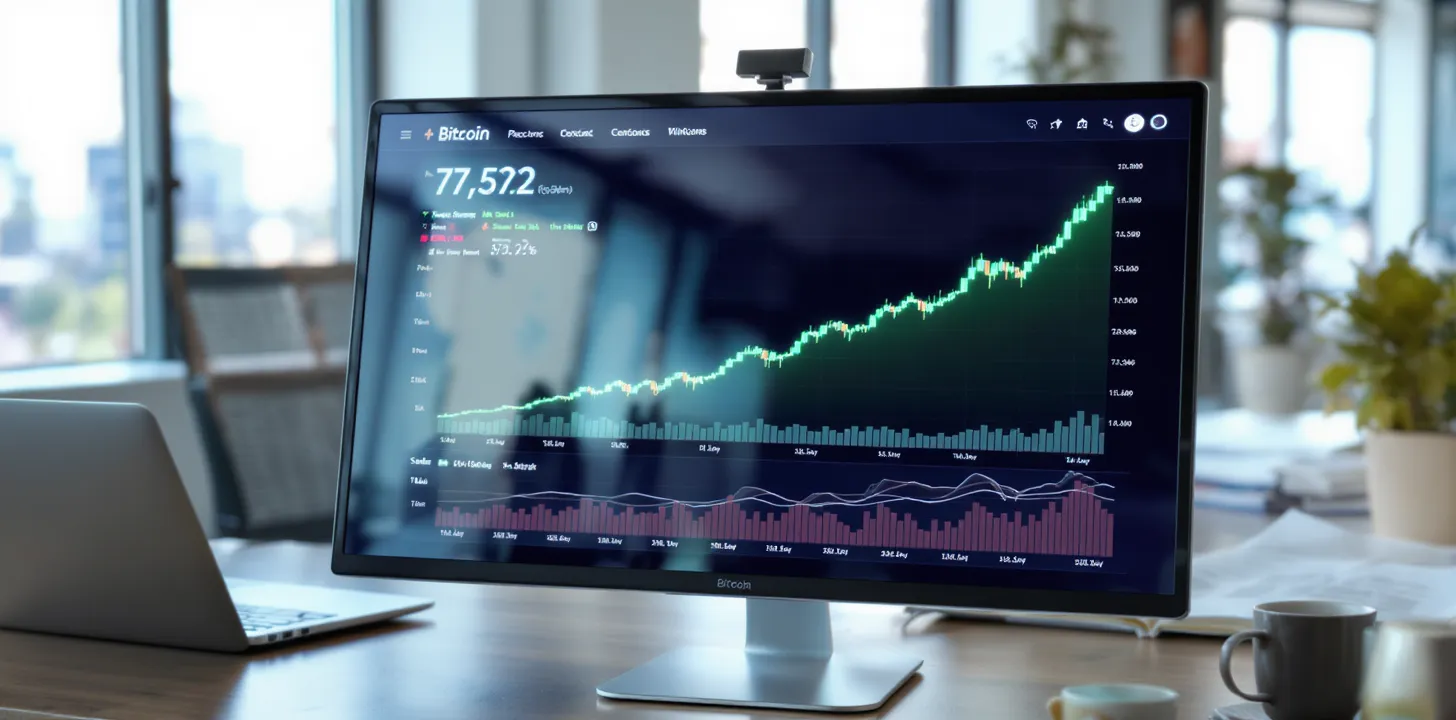The setup: breadth by design, not by accident
Across the GCC, policymakers did not wait for “market breadth” to serendipitously appear—they engineered it. Saudi Arabia’s weight in MSCI Emerging Markets has risen to >4% since its 2019 inclusion, a function of sustained reforms and growing free float; further easing of foreign-ownership caps—under discussion in late September—could unlock another leg of passive inflows and raise Saudi’s EM footprint again.
Dubai’s deliberate listing program—announced in 2021 to float ten state assets—has delivered a recognizable cohort of high-payout, infrastructure-like names (DEWA, Salik, Empower, TECOM, Dubai Taxi Company, Parkin), which together transformed DFM’s liquidity profile and raised tens of billions of dirhams. Parkin’s 2024 listing has since been decorated “Best IPO in MENA” for 2025, a signal that execution quality (not just size) is now part of the region’s playbook.
Oman has pushed the same flywheel: OQ Gas Networks (2023) and OQ Exploration & Production (2024) widened Muscat’s investable universe and codified dividend guidance, while accelerating the state’s broader privatization agenda.
Why the peg matters for equity math
Because most GCC currencies are pegged to the USD (KSA, UAE, Qatar, Bahrain, Oman; Kuwait to a USD-heavy basket), local discount rates import the Fed cycle. Dividend assets therefore re-rate with global duration, not FX noise. This is rare in EM and underpins the region’s “income-as-asset-class” identity. (For the record: SAR 3.75/USD, AED 3.6725/USD, QAR 3.64/USD; KWD managed to a basket.)
Payout cultures by sector
1) Utilities & essential infrastructure: policy clarity → predictable cash
- DEWA keeps its five-year minimum AED 6.2bn annual dividend framework (paid April/October). That kind of visibility is the point of policy.
- TAQA formalized a hybrid policy (fixed plus variable oil & gas top-up), scripting how hydrocarbon cyclicality passes—or doesn’t—into investor cash.
- Saudi Electricity (SEC) moved from “balance-sheet repair” to cash returns, proposing a 7% cash dividend for FY-2024, while pushing ahead on new IPP/PPAs; the sector’s capex remains heavy, but payout is no longer taboo.
- QEWC (Qatar Electricity & Water) and peers maintain semi-annual rhythm—QEWC approved interim QAR 0.25/share for 1H-2024 and continued interim practice into 2025.
Bottom line: in a USD-pegged world, these names behave like rate-sensitive income vehicles whose cash visibility is set by policy rather than FX whim.
2) Petrochemicals: cycle-linked, but policy scaffolding cushions the trough
2025 has reminded investors that feedstock advantage isn’t a cycle defier. SABIC posted another quarterly loss (Q2), driven by impairments in Europe, yet still approved SAR 4.5bn in 1H dividends—signaling a floor under the equity story while rationalizing assets. Sipchem kept a SAR 0.50/share 1H-2025 payout despite price pressure. Meanwhile Borouge reaffirmed a 16.2 fils/share full-year dividend and even teed up a buyback framework as it navigates a strategic tie-up with Borealis.
Translation: petchem yields are “managed cyclicality.” When global spreads compress, sovereign sponsors and JVs often keep the cash story alive, avoiding equity-holder abandonment.
3) Tourism & logistics: the demand flywheel meets payout discipline
Tourism is no longer “just Dubai.” Saudi logged 116 million tourist visits in 2024 and raised its 2030 target to 150 million; Dubai posted 9.88 million international visitors in H1-2025, a new first-half record. These flows monetize across listed operators and enablers: Dubai Taxi (at least 85% of profits), Salik (~100% of distributable profit), and Parkin (explicit dividend policy) on DFM; Air Arabia maintains a healthy cash-return tradition; and at sea, ADNOC L&S is compounding scale with a progressive +5% dividend policy and record earnings.
This silo’s cash generation leans on throughput (trips, tolls, berths) rather than commodity beta—i.e., “non-oil dividends” in the literal sense.
Sovereign capital recycling: from crown jewels to index constituents
- Saudi Aramco’s $11–12bn secondary (June 2024) was not “just a sale”—it re-allocates state capital across the Vision 2030 portfolio and increases free float for index math. As Aramco normalizes its performance-linked dividends in 2025, the policy signal is that payouts will be sustainable, not heroic.
- Abu Dhabi is doing the same with portfolio names such as ADNOC Gas (record $3.41bn FY-2024 dividend; free-float expansion aimed at MSCI/FTSE inclusion in 2025) and ADNOC L&S (progressive policy, semi-annual cadence). PureHealth adds a non-cyclical healthcare leg with its first post-listing dividend.
- Oman’s OIA has built a repeatable divestment pipeline (OQGN, OQEP), publishing forward dividend guardrails to anchor valuation.
This “recycle-and-list” loop funds diversification while handing public investors a rule-set for cash.
What the index architects taught the cash investors
UAE and Qatar’s 2014 move into MSCI EM, Saudi’s 2019 inclusion, and Kuwait’s 2020 upgrade (with ~$2.7–$3.1bn in passive flows at the time) reshaped regional ownership. If Riyadh now lifts foreign caps, EM allocators will likely have to buy more Saudi—regardless of style—expanding the bid for defensives and dividend names as much as for growth.
“What if?”—three scenario checks for 2026 positioning
- Fed cuts more than priced → Gulf yields (DEWA/Salik/Empower/Borouge/QEWC) re-rate as duration rallies; the peg transmits the benefit mechanically.
- Saudi formalizes majority foreign ownership → benchmark providers raise KSA weights; breadth and liquidity deepen; infra & banks likely lead the inflow capture.
- Global petchem spreads stay tight → cyclicals lean on sovereign stability and project high-grading; “managed-yield” names (Borouge/IQ, select Saudi petchems) out-earn their peers.
The punchline: the GCC’s non-oil dividend story is not a marketing line—it’s an operating system built on pegs, policies, and privatizations. Income is the design feature, not the by-product.



